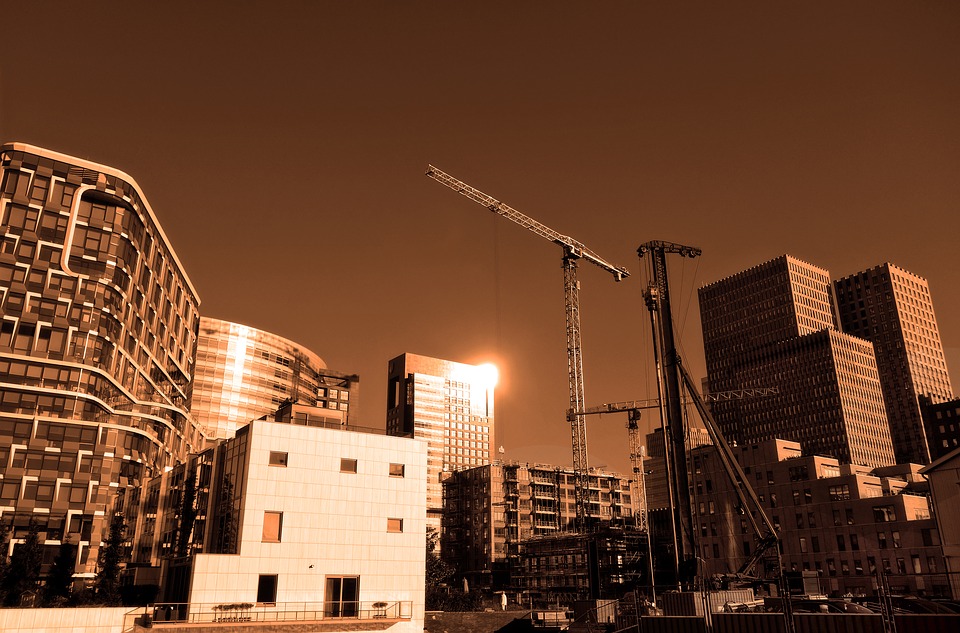Essential PPE for Construction Workers

Construction consistently ranks as one of the most dangerous industries in which to work. According to the U.S. Bureau of Labor Statistics (BLS), 937 construction workers lost their lives on the job in 2015. This means roughly one in five work-related fatalities occur in the construction industry. There are ways to reduce these numbers and protect construction workers from injury, however, including the use of personal protective equipment (PPE).
Hard Hats
Arguably, the most important type of PPE in the construction industry is hard hats. The American National Standards Institute (ANSI) offers Type I and Type II hard hats. The former indicates the hat has met stringent vertical impact and penetration requirements, while the latter indicates the hat has met both vertical and lateral impact and penetration requirements and has a foal liner made of expanded polystryrene (EPS).
Steel-Toe Boots
Of course, steel-toe boots are also an important type of PPE for construction workers. Also known as safety boots, steel-toe boots look just like any ordinary pair of boots, but there's one key difference distinguishing them: a protective reinforcement within the toe. Here, steel-toe boots contain an impact-resistant material like steel, aluminum or thermoplastic. By wearing steel-toe boots, construction workers can protect their feet and toes from falling objects.
Fall Protection
In some construction jobs, a fall protection system is another critical form of PPE that shouldn't be overlooked. Statistics show that more than 6,800 workers died from fall injuries from between 1992 and 2010. This means roughly 360 construction workers die each year from fall-related injuries. Fall protection systems, however, can curb these numbers by protecting workers from injury and fatality associated with falls.
Work-related falls are typically classified as either same level of elevated level. Same-level falls, as the name suggests, occur when a worker falls from the same level, while elevated-level falls occur when a worker falls from an elevated level. Same-level falls are more common, but elevated-level falls have a higher risk of serious injury. Wearing a fall protection system can protect workers from elevated-level falls.
These are just a few essential pieces of PPE for construction workers. Depending on the specific job, workers may need other types of PPE to protect against injury, including impact-resistant goggles, respirators, hearing protection and more. Remember, it's the employer's responsibility to provide workers with the appropriate PPE.
Recent Posts
-
Fire Safety in the Workplace: What You Need to Know
What steps are you taking to prevent fires in your workplace? According to the U.S. Occupational Saf …Aug 23rd 2023 -
Is It Safe to Go Jogging With a Cold Infection?
If you're suffering from a cold infection, you might be wondering whether it's safe to go jogging. T …Aug 22nd 2023 -
5 Safety Tips to Follow When Using a Powder-Actuated Tool
Powder-actuated tools are commonly used to join materials to steel and concrete. Also known as Hilti …Aug 20th 2023




